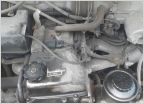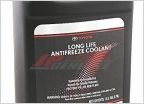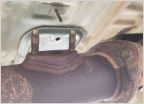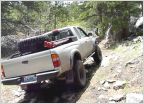-
Welcome to Tacoma World!
You are currently viewing as a guest! To get full-access, you need to register for a FREE account.
As a registered member, you’ll be able to:- Participate in all Tacoma discussion topics
- Communicate privately with other Tacoma owners from around the world
- Post your own photos in our Members Gallery
- Access all special features of the site
Need help priming my 1st gen's oil pump
Discussion in '1st Gen. Tacomas (1995-2004)' started by Langing, Nov 4, 2024.
Page 2 of 2
Page 2 of 2


 A Question About Engine Gaskets and other stuff
A Question About Engine Gaskets and other stuff 00' Coolant Specs
00' Coolant Specs O2 sensor issue
O2 sensor issue Replacing Carrier Bearing and U-Joints on my 1st Gen Tacoma
Replacing Carrier Bearing and U-Joints on my 1st Gen Tacoma All- pro standard leaf.. Add a leaf?
All- pro standard leaf.. Add a leaf? What rating would you give for reliability?
What rating would you give for reliability?
